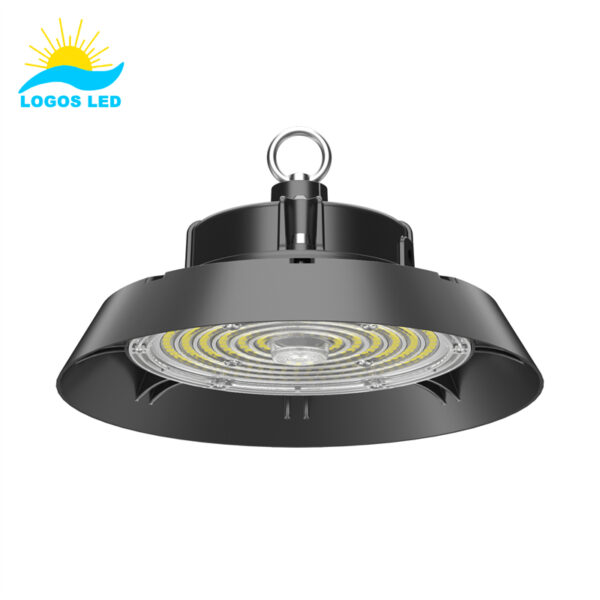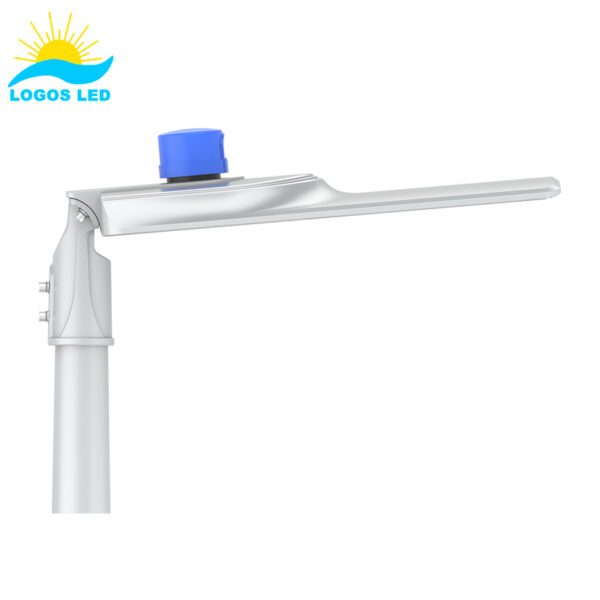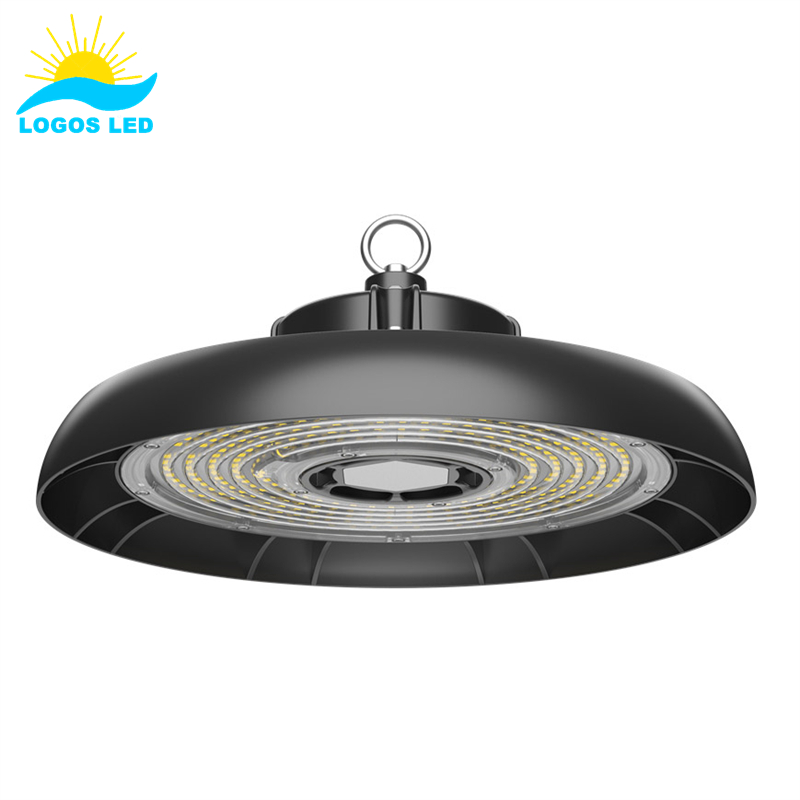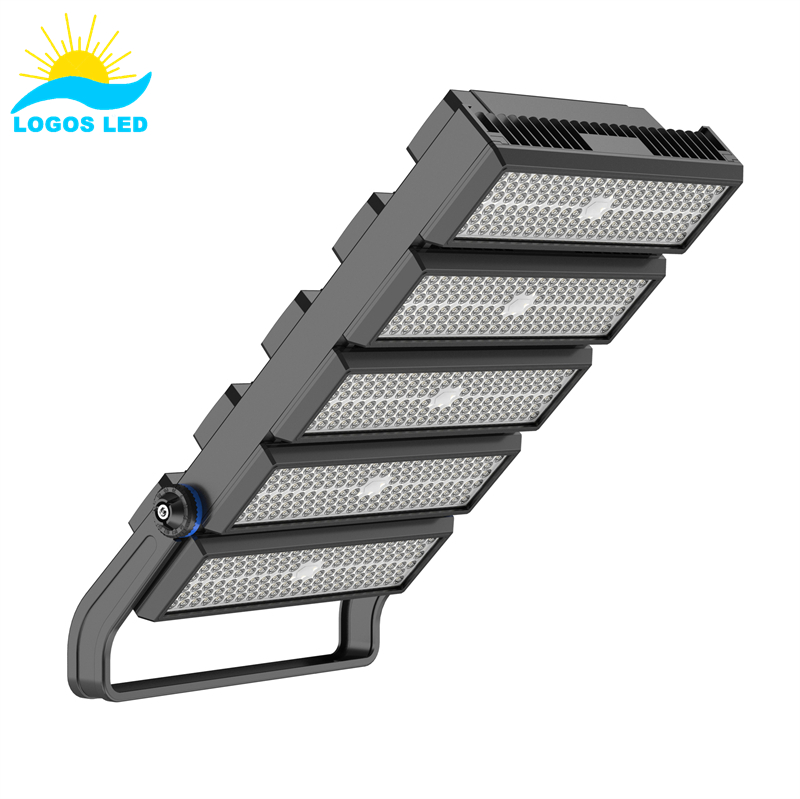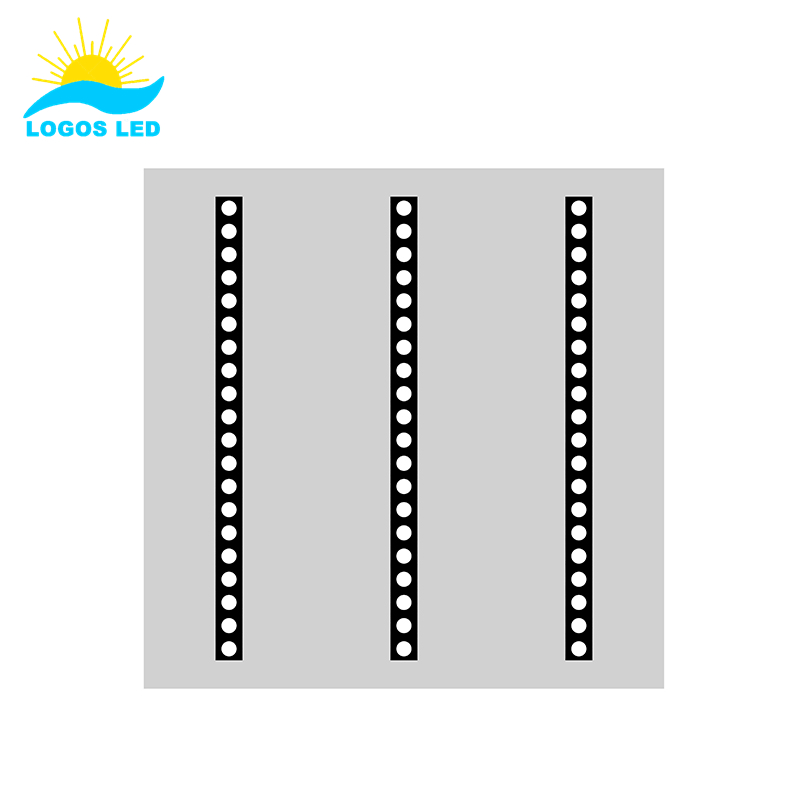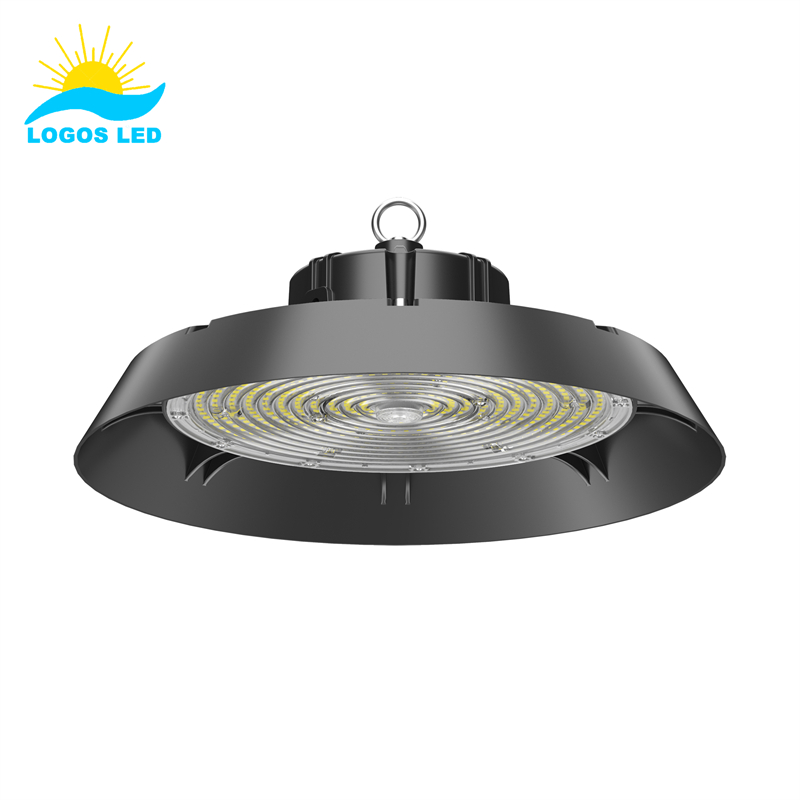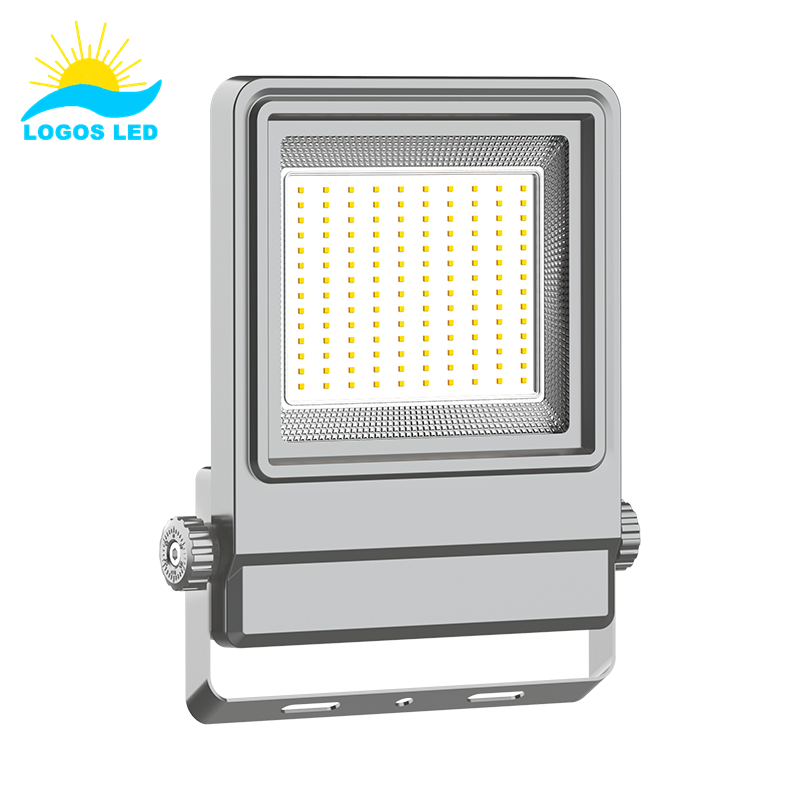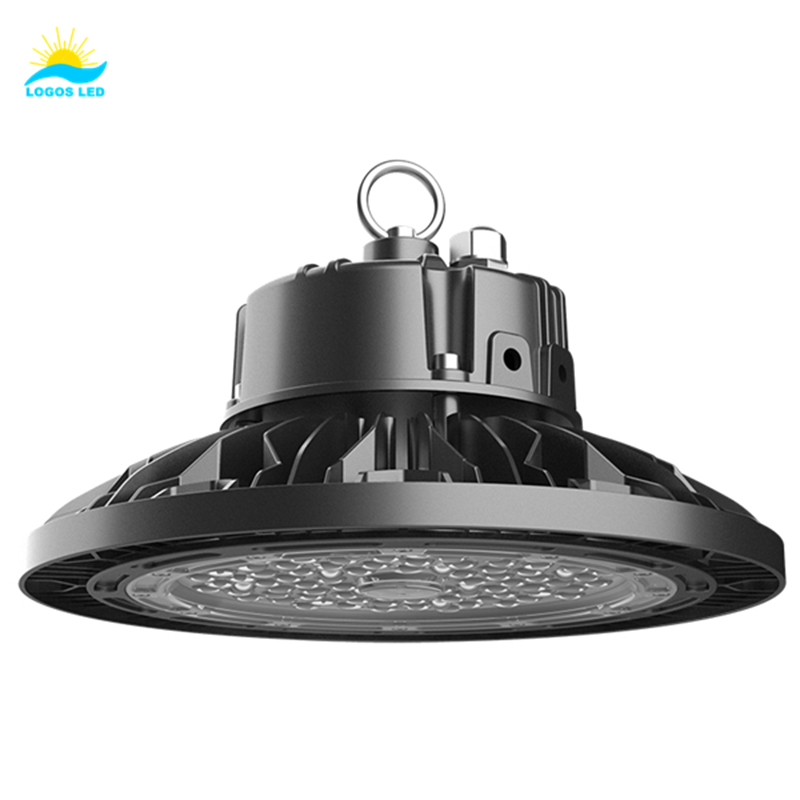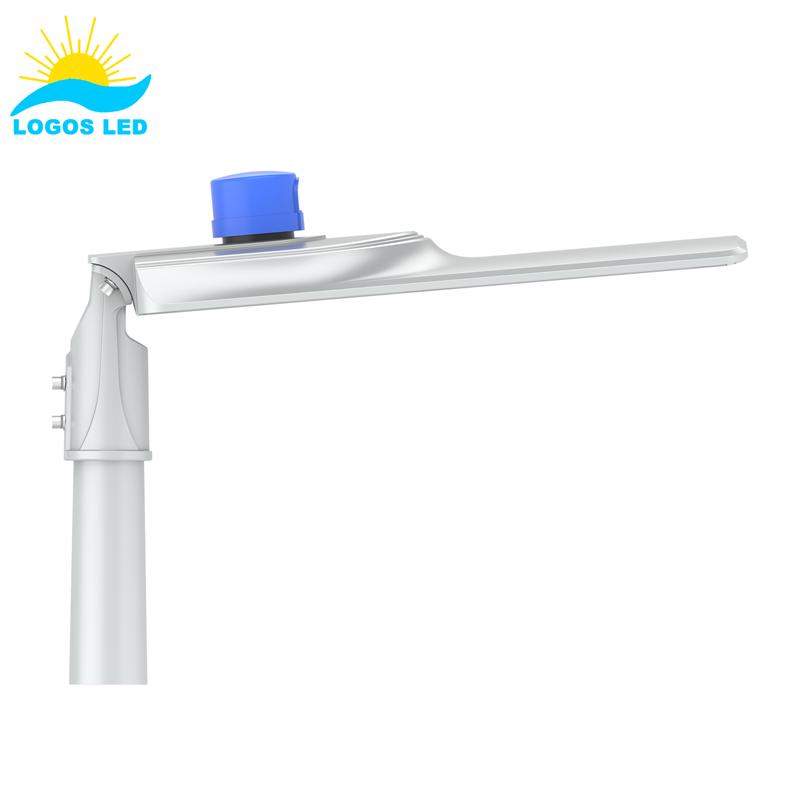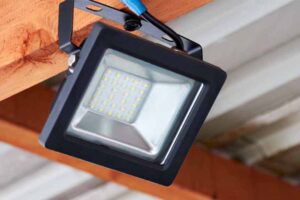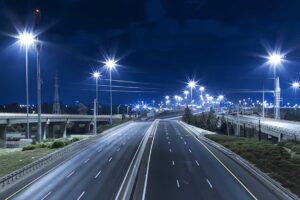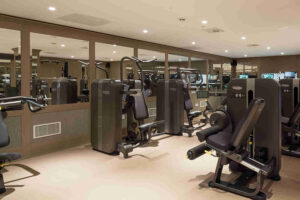In our fast and furious lighting world, we often face the challenges of inefficient systems that cost us too much money and create operational challenges. The good news is that with the different types of lighting control technologies available today, we can get systems that are specific to our needs and improve our efficiency.
Lighting controls have come a long way from simple switches to sophisticated systems that save energy and make our lives easier. These include Toggle Switches, Motion Sensors, Occupancy Sensors, Photocells, Timers, Dimmers, Smart Switches, Voice-controlled assistive technology, Integrated lighting controls, etc.
Keep reading to see how these modern lighting controls can change the way you do business.
Table of Contents
Different Types of Lighting Control
Lighting controls are the key to managing your lighting system to save energy, make your life more convenient, and make people more comfortable. There are a few different types of lighting controls that you can choose from:
- Toggle switches are the most basic control. You flip it up, and the light turns on. You flip it down, and the light turns off.
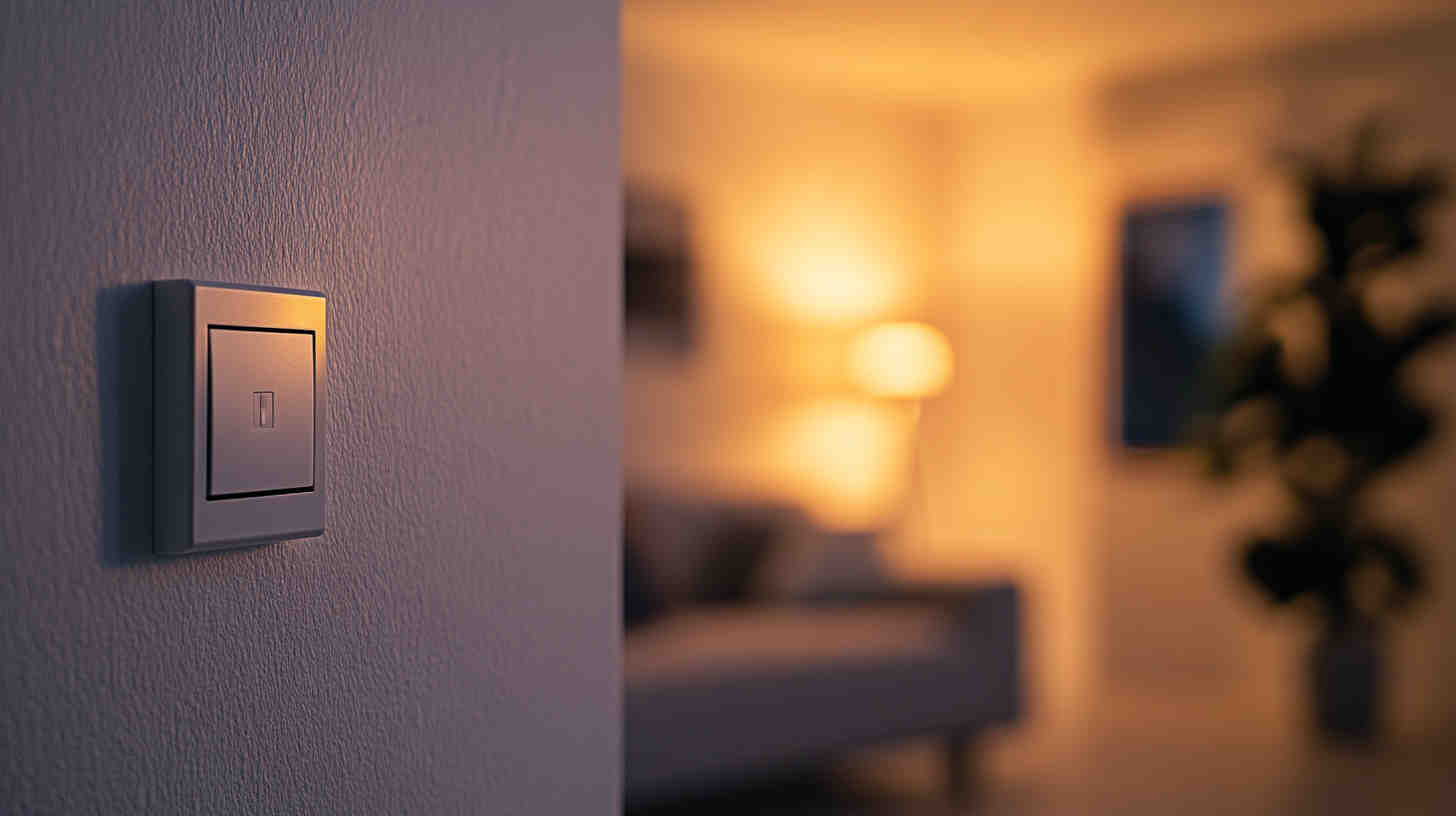
- Motion sensors are little devices that you can put in a hallway or outside your building that turn the lights on when they sense movement.
- Occupancy sensors turn the lights on when someone walks into the room and turn them off when they leave. You can use them in your offices, restrooms, or other places in your commercial building to save energy.
- Photocells detect the presence of natural light and adjust artificial lighting accordingly, ensuring optimal lighting while reducing energy consumption during daylight hours.
- Timers are simple devices that turn on and off based on a schedule., which is useful for outdoor street lighting or when managing lighting during specific hours.
- Dimmers provide control over light brightness, enabling users to set the perfect lighting level while conserving energy.
- Smart switches are part of smart home systems, enabling remote control via smartphones or automation apps, offering users the convenience of managing lighting from anywhere.
- Voice-controlled assistive technology integrates with virtual assistants like Alexa or Google Assistant, allowing for hands-free control with simple voice commands.
- Integrated lighting controls combine several of these functions into one system, enabling a seamless and automated lighting experience for large commercial buildings or homes looking to maximize efficiency.

All of these different types of lighting controls have their own cool features that you can use to save energy and make your life more convenient.
What are the Benefits of Using an Intelligent Lighting Control?
Smart lighting control systems have many benefits that can make things more efficient and easier in many different settings. One of the biggest benefits is saving energy. These systems adjust the lights based on whether people are in the area or how much daylight there is. It’s easy to see how this would save a lot of energy. For a business, this could save a lot of money over time and would also help you be more green.
Another big benefit is that you can make things more comfortable and easier for people. With a smart lighting system, you can customize the lighting for whatever you need or whatever mood you want to set. Maybe you want the lights to be dim in your conference room, or maybe you need the lights to be brighter when people are doing detailed tasks in your factory. Additionally, many of these systems have the ability to be controlled remotely, so you can turn lights on and off from your phone or tablet.
What are the Typical Lighting Control Systems?
There are a few different types of lighting control systems. Standalone systems are perfect for a single room or a small space. These systems can do things like dim the lights and turn them on and off. Integrated building management systems can control all the lights in your building as well as other systems. These systems are designed to save you as much energy as possible and to make everything work together. Wireless systems are great if you want something that’s easy to install and don’t want to have to run wires everywhere.

Standalone Systems
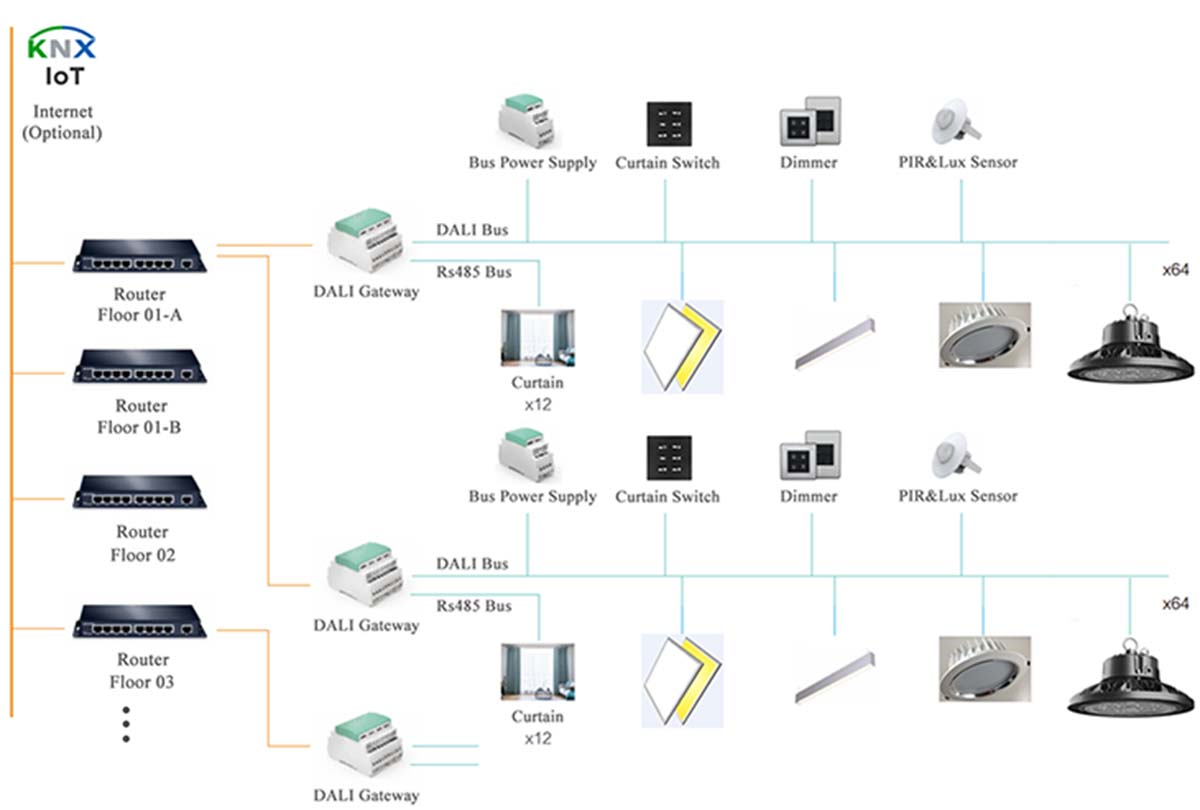
Integrated Building Management Systems
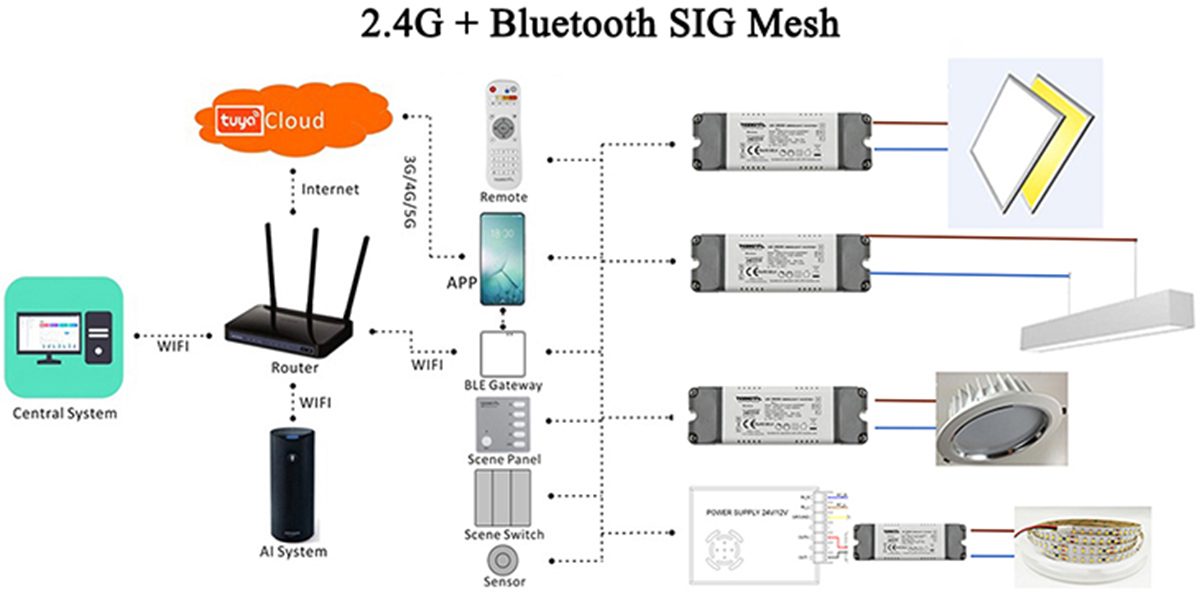
Wireless Systems
What is the Best Light Control System?
The best lighting control system for you depends on your needs and the size of your project. If you’re a homeowner or have a small business, you might want to go with a wireless lighting control system because they’re easy to install and cost a reasonable amount of money. If you have a big business or a big factory, you might want to go with a fully integrated building management system because you can do anything you want with it. These systems can handle all kinds of complicated scenarios and can handle a lot of lights.
What is the Most Common Lighting Control Protocol?
The two most common lighting control protocols you’ll run into are DALI (Digital Addressable Lighting Interface) and DMX (Digital Multiplex). DALI is used by a lot of commercial and architectural lighting because it’s very controllable and can scale up to handle a lot of lights. DMX is used in entertainment lighting because you can control a lot of lights and do a lot of different things with it. Both of these protocols allow you to do all kinds of things with your lights, but they’re used in different situations.
What is the Difference Between DALI and DMX?
Two common lighting control protocols are DALI (Digital Addressable Lighting Interface) and DMX (Digital Multiplex). These are two different things used in different places.
DALI is used in architectural and commercial lighting, like if you have an office building or a factory. You can control up to 64 different things on one network. You can dim or turn off every light individually. That’s why this is so good for lighting up a big space like an office building. You can turn on just the lights you need. DALI is a two-way system, which means it can send commands to the lights and get information back from the lights, like if they’re on or off or if they’re broken. Check How Does DALI Lighting Work? – A Comprehensive Guide if you want to know more about DALI lighting.

DMX is used in theatrical, stage, or entertainment lighting. You can control up to 512 different things (or channels) per universe. This is for changing your lights really fast and on the fly. This is perfect for doing things like changing colors or dimming lights on a stage or anything like that. Unlike DALI, DMX is a one-way system. It sends commands to the lights but doesn’t get any information back from the lights. Learn more about DMX here What’s DMX? – A Brief Introduction of DMX512 Digital Lighting Control System.
To sum it up, you use DALI for big lighting control projects, like in an office building or a big factory. You use DMX for changing lighting really fast, like on a stage or at a concert.
Learn more about DALI and DMX here DMX and DALI LED Lighting Controls – Which to Choose?
What Common Lighting System is More Efficient?
Of all the lighting systems out there, LED lighting systems are the most efficient. LEDs (Light Emitting Diodes) use a lot less energy than other types of lights like incandescent or fluorescent lights. They turn more electricity into light instead of heat, so you save a ton of energy. Plus, they last a lot longer than other lights. An LED light will last up to 25 times longer than an incandescent bulb. That means you won’t have to buy a new one for a long time and you’ll save money on electricity while you own it.
If you put some smart controls on your LED lighting, like occupancy sensors or daylight harvesting systems, you can make it even more efficient. These controls will make your lights turn on and off automatically based on whether there are people in the room or how much daylight there is. This combination of LED lights plus smart controls will save you a ton of energy, and you’ll save even more money.

Conclusions
In summary, lighting control systems can do a whole bunch of different things. You can have simple controls that you operate, or you can have a system that does all sorts of stuff for you. These systems make spaces work better and look better, and they also save a lot of energy. If you can figure out which one you need and how to get it set up, you’ll be in good shape.
If you have any questions about LED lighting control or intelligent lighting, just feel free to contact us directly. Our lighting experts are ready to help.
Request A Free Quote Now!
Send us a message if you have any questions or request a quote. We will get back to you ASAP!


